Hoping to avoid smoke? Cannabis tincture is perhaps one of the best ways to consume cannabis without coughing up a lung.
Simple to make at home, tincture provides an easy way to extend the shelf-life of your cannabis products, as well as provide a reliable source of cannabis medicine for many years to come.
Curious? Here is a complete guide to making and using cannabis tincture:
What are cannabis tinctures?
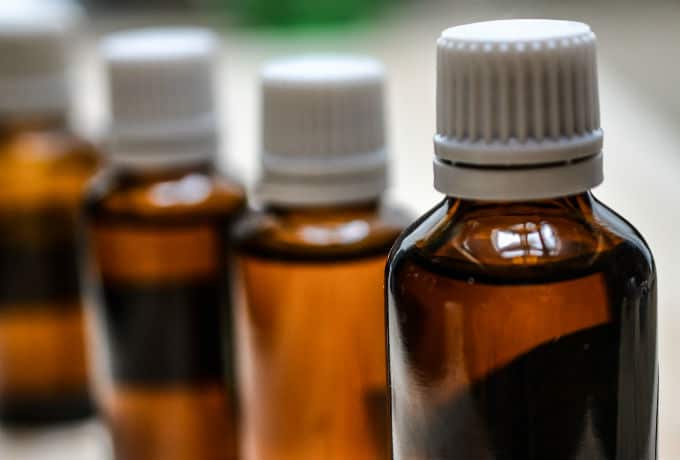
Cannabis tinctures are simple liquid cannabis extractions. Sometimes referred to as “green dragon tincture”, marijuana tincture is made by submerging dried cannabis material into a simple solvent, like grain alcohol.
The alcohol solvent dissolves the fatty resin glands off of the fibrous plant material, making cannabis-infused alcohol.
After a few minutes or several days of dissolving, the plant material is strained from the solvent. The end product is cannabis tincture, which can be taken alone or used to infuse meals and beverages.
Tincture is an old and effective method of preparing plant medicines. In fact, many Western doctors prescribe medical cannabis tinctures in the Victorian era for relief for a wide variety of ailments, like migraine and parkinson’s disease.
The famous physician, Sir J. Russell Reynolds, prescribed cannabis tincture to Queen Victoria to offer relief from menstrual cramps.
While herbal tinctures of various sorts are still used all over the world, they are not widely used in contemporary Western medical practice. Unless you visit a naturopathic or integrative doctor, of course.
How do you use cannabis tinctures?
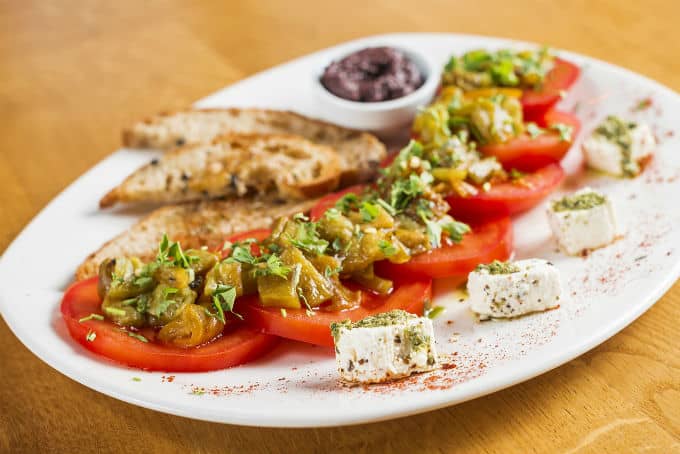
Using cannabis tinctures is very simple. Using an oral dropper, tincture solution can be applied under the tongue and swirled around in the mouth.
Tinctures can also be mixed in with food and beverages to provide an extra dose of cannabis support. Though, you’ll likely want to add extra sweetness or some of your favorite spices to counteract any cannabis taste.
Cannabis tinctures can easily be added to:
- Pasta sauce
- Coffee
- Tea
- Smoothies
- Soups, stews, and chili
- Salad dressing
- Oatmeal
- … and so much more!
It’s important to pay attention to heat when working with cannabis tinctures. It is better to add in tinctures when food has finished cooking and is ready to be served.
Most cannabis tinctures are alcohol based. However, cannabis tinctures made with vegetable glycerine are also popular. Vegetable glycerine tends to withstand heat a little better.
High heat not only evaporates alcohol, but can also denature the medicinal compounds included in the tincture. For this reason, tinctures should be stored in cool dark places and only added to foods and beverages when they are taken off of a heating element.
How do you dose cannabis tincture?
Dosing cannabis tincture is far easier than dosing an edible. To start, cannabis tinctures can be purchased in predosed bottles with standardized milligram measurements. Tinctures are also most frequently dosed out with milliliter droppers.
In a predosed bottle, finding the exact milligram dosage per milliliter is easy. If your tincture is infused with 750 milligrams of CBD per one ounce (30ml) bottle, each full dropper would provide 25 milligrams of CBD.
Dosing homemade tinctures can be a bit more challenging, but some simple math will give you an approximate dosage per milliliter given the amount and potency of your starting materials. More information on assessing the dosage of homemade tincture is included below.
Cannabis tinctures vs. edibles
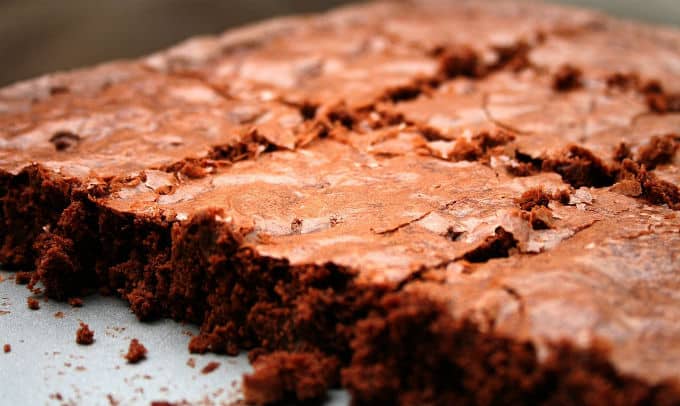
Tinctures and edibles are very similar. When you put tincture into your mouth, much of the tincture is swallowed through the saliva and ingested similar to a broth or a juice.
One major benefit of tinctures is that they are liquid. This means that if you do swallow the tincture, the body does not first have to break down large macronutrients like fats in order to get to the goods.
When placed under the tongue, some cannabis particles may be able to enter the bloodstream sublingually. Many premade tinctures available are marketed for sublingual application.
While some active cannabis particles may be able to travel into the bloodstream through the mucus membrane, the active compounds in many homemade tinctures may be simply too large to efficiently pass through the membrane barrier.
Both of these different applications mean that different tinctures can have different activation times.
When using an effective sublingual product, the active effects of the cannabis tincture can be felt within 15 minutes.
When tincture is swallowed, it can take between 30 and 90 minutes for the full effects to present.
If your sublingual product is not felt within 15 minutes, your tincture is more similar to a traditional edible.
Raw vs. active cannabis tinctures
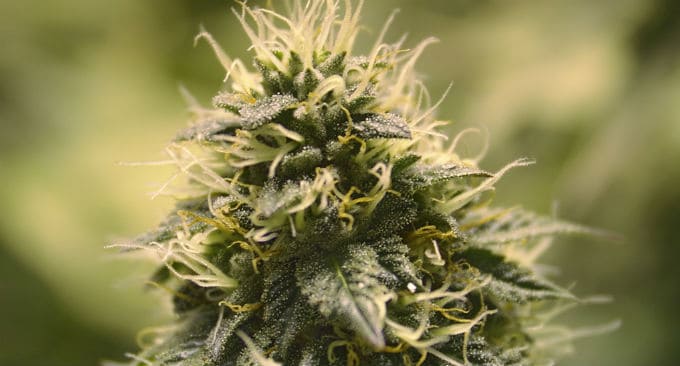
Cannabis tinctures have made a huge comeback since the Victorian era. Nowadays, consumers have several different types of tinctures to choose from.
Some of these tinctures include hemp-based CBD tinctures that can be purchased quasi-legally online in the United States and legally in several different countries. CBD-infused tincture is considered an “activated” tincture as opposed to a “raw” tincture.
You may be surprised to learn that THC and CBD only exist on raw cannabis plants in very small amounts. Both of the popular cannabis compounds are breakdown products of different molecules, called cannabinoid acids.
On raw cannabis plants, THC exists as tetrahydrocannabinolic acid (THCA). Likewise, CBD exists as cannabidiolic acid (CBDA).
It’s activated THC that causes the psychoactive high. Raw THCA does not have intoxicating effects. In fact, these plant compounds were long thought to have little medical or nutritional value because they did not produce the potent mind-altering experience of its psychoactive offspring.
Both THC and CBD are formed during a process called decarboxylation. During decarboxylation, the acid group is removed from the cannabinoid acid. In the case of THCA and CBDA, the two molecules are transformed into THC and CBD respectively.
Two major factors contribute to decarboxylation: heat and age. When you take fire to a cannabis bud, you decarboxylate the herb. When flower is harvested fresh and then dried, some of the cannabinoid acids decarboxylate naturally with age.
If you are hoping to get a little lifted off of some THC tincture, the tincture needs to be made with decarboxylated cannabis. Similarly, if you are hoping to reap the benefits of activated CBD, decarboxylating your bud prior to making a CBD tincture is recommended.
While active cannabinoids are the more popular, raw cannabis acids are rapidly growing in popularity. Anecdotal reports suggest that raw cannabis tinctures may even be helpful in severe medical conditions like epilepsy.
Preliminary laboratory evidence suggests that raw cannabis acids may be helpful in easing pain and inflammation, as well as quelling nausea and vomiting.
In fact, some preliminary research in 9 human test subjects suggests that consuming raw cannabis acids may beneficially improve the uptake and metabolism of the activated compounds, like CBD and THC.
What are the benefits of cannabis tinctures?
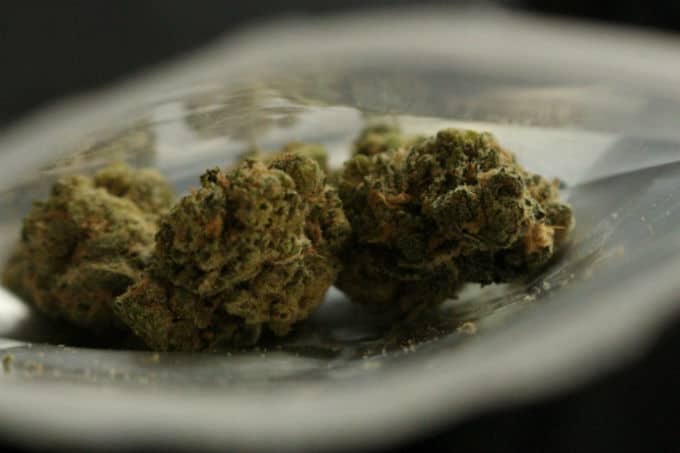
As a smokeless cannabis preparation, cannabis tinctures are an excellent way to reap the benefits of cannabis without irritating the lungs. Some of the benefits of cannabis include:
- Mood stabilization
- Pain relief
- Anti-inflammation
- Anxiety relief
- Improved appetite
- Nausea relief
- Improved sleep
While cannabis smoke has yet to be conclusively linked to lung cancer, research suggests that the smoking the herb can cause reversible damage to large and small airways. This can lead to inflammation, coughing, and other bronchitis-like symptoms.
The ability to easily extract raw cannabinoid acids is another major benefit of cannabis tinctures. It is impossible to inhale raw cannabis acids while smoking, as they are converted during the burning process.
Raw cannabinoids are also difficult to infuse into edibles, thanks to the heat used while cooking. Apart from raw cannabis juicing and salads, tinctures are one of the easiest ways to consume raw cannabis acids.
How to make a cannabis tincture
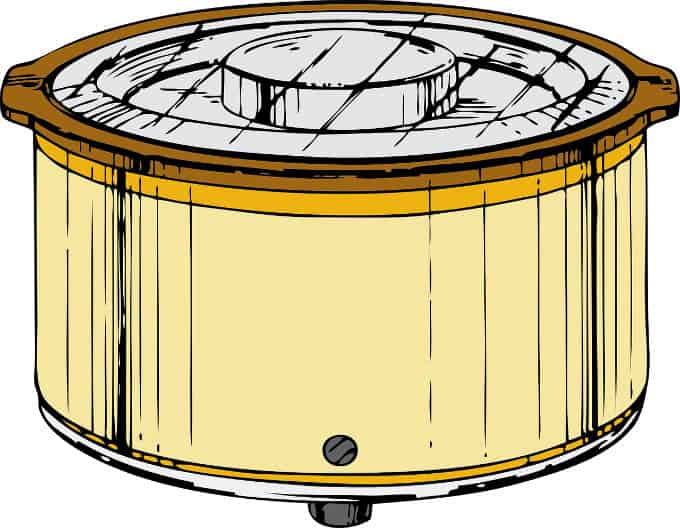
Wondering how to make a cannabis tincture? Fortunately, there are multiple different ways to make both THC and CBD tincture.
Some marijuana tincture recipes are more laborious than others. However, just about any cannabis lover can make a simple concoction to have on hand for daily microdosing or regular medical cannabis consumption.
Wondering how to make cannabis tinctures at home? Here are three marijuana tincture recipes to get you started:
Recipe 1: Basic cannabis tincture
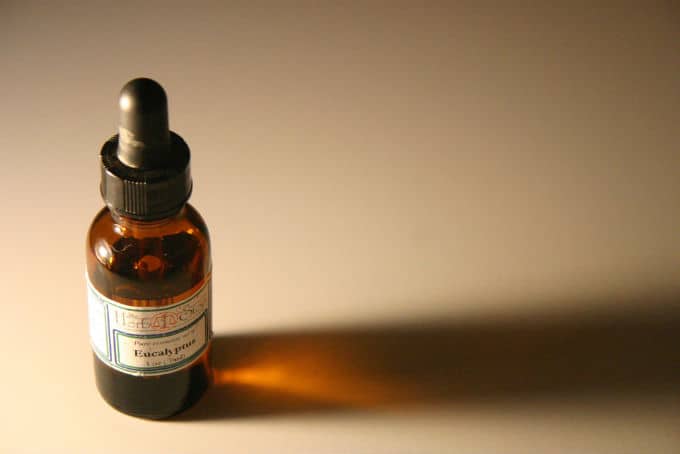
This cannabis tincture is one of the simplest to make. Materials needed include a glass jar, a high-proof alcohol such as Bacardi 151, a strainer, and ground cannabis.
Step 1: Decarboxylate
When making any activated cannabis tincture, the first step is always decarboxylation. To decarboxylate, simply:
- Preheat oven to 240° F (115° C).
- Line a baking sheet with parchment paper.
- Gently break apart buds and spread them over the baking sheet.
- Bake for 30 to 40 minutes, until toasted.
- Grind using a grinder or a food processor.
Step 2: Make tincture
- Place empty mason jar in freezer to chill.
- Place high-proof grain alcohol or Bacardi 151 in freezer to chill.
- Once chilled, place one ounce of ground, decarboxylated cannabis into the cold mason jar.
- Pour 500 milliliters of high-proof grain alcohol over cannabis material.
- Seal mason jar with lid.
- Shake for about two minutes.
- Let the mason jar warm to room temperature before storage.
- Let the jar sit for one to three weeks, shaking once daily.
- When ready, strain out the remaining plant materials with a coffee grinder.
- Store new tincture in dark, glass dropper bottles.
Recipe 2: Raw cannabis tincture
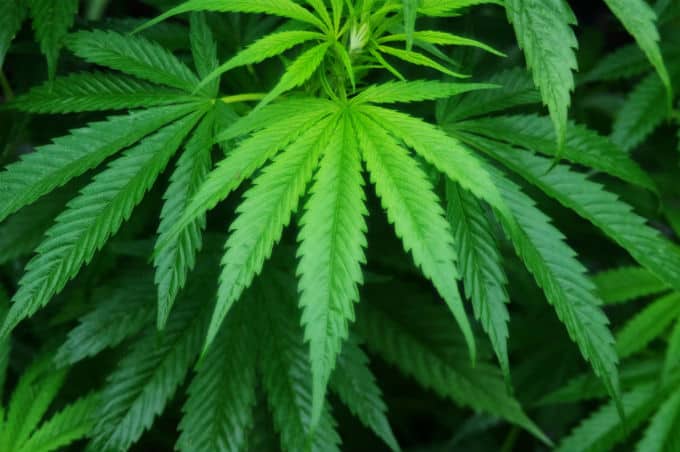
With raw cannabis tincture, you do not decarboxylate your buds first. They simply need to be ground. To make raw cannabis tincture, you can either follow the steps for the simple tincture above, or you can attempt the more advanced method outlined below.
This method is adapted from an original recipe by Tina DeSilvo.
Materials: ground cannabis, mason jar, measuring cup, Bacardi 151, 9 by 13 pyrex baking dish, knife, nylon or cheesecloth, coffee filter.
Step 1: Isolate raw resin
- Place empty mason jar in freezer to chill.
- Place high-proof grain alcohol or Bacardi 151 in freezer to chill.
- Once chilled, place one ounce of ground, decarboxylated cannabis into the cold mason jar.
- Pour 500 milliliters of high-proof grain alcohol over cannabis material.
- Seal mason jar with lid.
- Shake for about two minutes.
- Strain tincture into an empty measuring cup or another mason jar with a nylon or a cheese cloth.
- Gently squeeze ground cannabis over tincture liquid to get out excess alcohol.
- Perform a second “rinse” by pouring the tincture liquid back over the ground cannabis and gently shaking for two minutes.
- When finished with the second rinse, strain tincture with a coffee filter.
- Discard of ground cannabis material.
Step 2: Make tincture
- Slowly pour tincture liquid into a 9 by 13 inch baking pan.
- Cover the baking pan with a taught cheesecloth and place in a clean area with little dust.
- Wait 24 to 48 hours, until all alcohol liquid has evaporated.
- What’s left should be a powder-like resin, which will be used to make the base THCA tincture.
- Scrape out resin powder with knife.
- Using a funnel, add raw resin powder to dropper bottles. Weighing the powder first will let you know how much resin you are putting in the bottles.
- Fill remaining bottles with Bacardi 151. You can also cut the tincture vegetable glycerin or an MCT oil to give it a more gel-like consistency.
- Store new tincture in dark, glass dropper bottles.
Recipe 3: Vegetable glycerin tincture
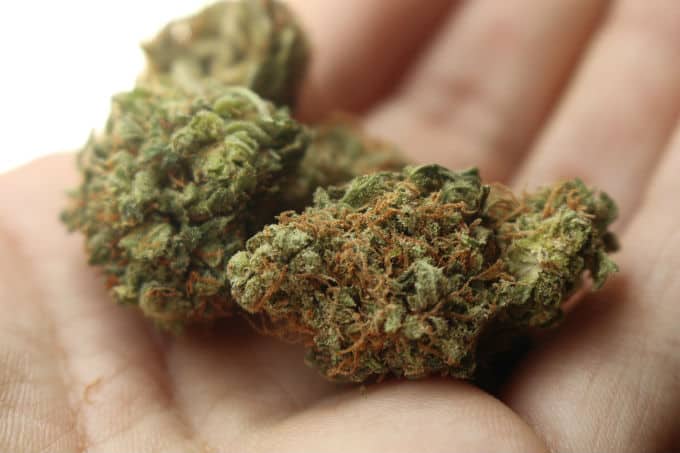
Vegetable glycerin can also be used to make cannabis tincture. While alcohol is the most popular method, vegetable glycerin provides a different consistency and offers a different flavor. Here’s how to make a simple vegetable glycerin cannabis tincture:
Materials: ½ ounce of decarboxylated cannabis, two cups vegetable glycerine, mason jars, crockpot, towel, dropper bottles, funnel
- Separate the ½ ounce of cannabis into 2 two 4 mason jars. Pint size and above works best.
- Pour even amounts of measured vegetable glycerine into each jar.
- Place a wet towel on the bottom of a slow cooker to prevent burning.
- Fill the slow cooker up halfway with water.
- Place in sealed mason jars.
- Heat on low for at least 18 hours.
- Gently remove mason jars from slow cooker and strain out plant material with a cheesecloth.
- Use the funnel to pour the newly-made cannabis tinctures into dropper bottles.
- Let cool to room temperature and then store in a cool dark place.
Dosing homemade cannabis tinctures
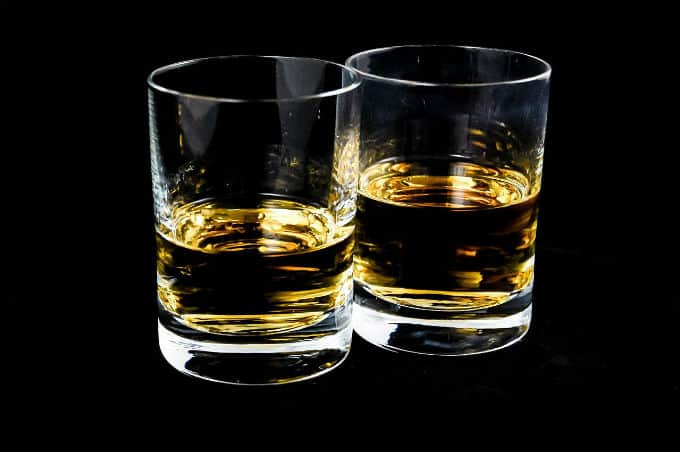
Every one gram of dried cannabis flower weighs 1,000 milligrams. Of that, most strains contain between 10 to 15 percent THC on average. That means in a single gram you have between 100 and 150 milligrams of THC.
Now, say you are making 25 fluid ounces of tincture using a strain with 15 percent THC or CBD. If you dissolve 28 grams (one ounce) of dried cannabis into 25 fluid ounces of alcohol, you will be contributing roughly 4,200 milligrams of THC per 25 fluid ounce batch.
Dividing equally into 25 one-ounce tincture jars, you can guess that each bottle will contain a total of about 168 milligrams of THC.
It’s important to note that the liquid volume will reduce as plant matter soaks up excess solvent, meaning that you may not fill an even 25 one ounce jars, even after straining and squeezing.
A standard one ounce tincture bottle contains 30 millileter servings. At the 168 milligram concentration, each full dropper serving will contain around 5.6 milligrams of THC.
Of course, when you are making homemade tincture, it’s possible that not all of the THC or CBD will completely dissolve into the tincture liquid. So, the rough estimations above do come with a significant margin of error.
Where can you buy cannabis tincture?
Cannabis tinctures can be purchased at both medical and adult use cannabis dispensaries. Hemp CBD tinctures are also available for online order in the United States, though the legality of this is a subject of hot debate.
How do you store cannabis tincture?
One of the best things about cannabis tincture is that it can be used years after it was first made if it is stored in the right conditions. If you plan on storing your tinctures, they should be poured into dark colored glass bottles and kept in a cool and dark place.
A cellar cupboard or a place in a cool pantry are great places to keep your tincture. However, it is important not to keep them in places which get constant exposure to light when opening and closing doors and whatnot.

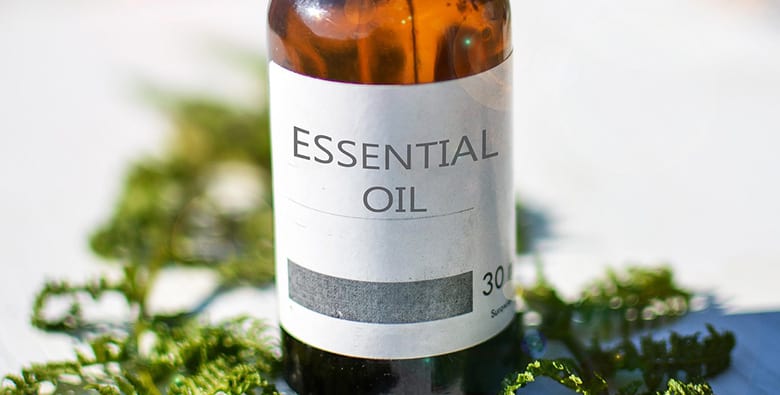



I made a tincture using Everclear. Placing this high alchohol under my tongue was not pleasant. Can I leave the container of tincture open to let the alchohol evaporate, and then add some other liquid (with or without alchohol) that is more comfortable to use with the dropper?